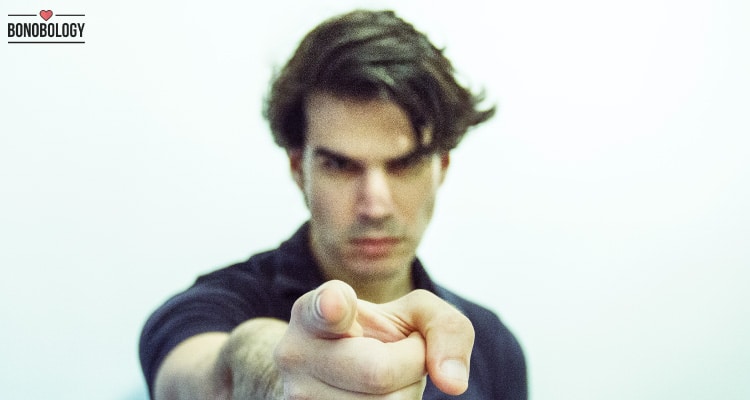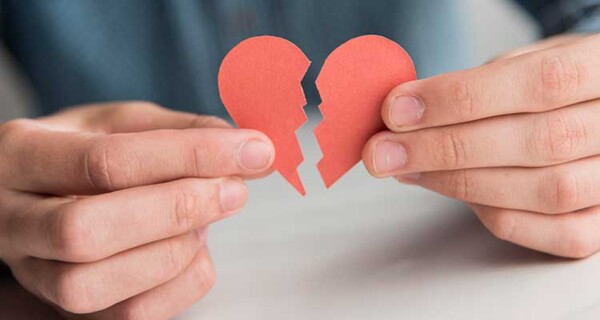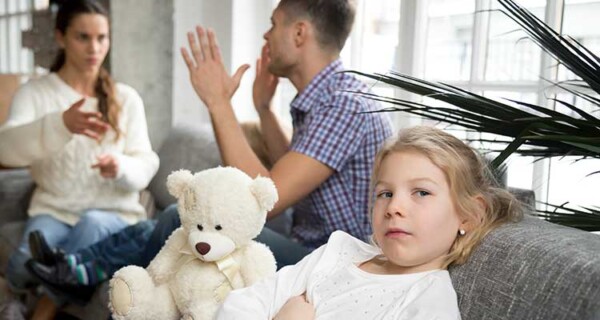The discourse around gender stereotypes is largely focused on what centuries of patriarchal conditioning have done to women and their place in society. The truth remains that stereotypes and biases impact us all. Just like women, men and persons with gender identities and expressions (other than the gender binary), too are constricted by stereotypes.
Stereotyping men as ‘strong’, ‘tough’, ‘stoic’, ‘unfazed by emotions’ can have far-reaching – often overlooked – repercussions on their psyche and sense of self. It can result in men limiting their experiences and interactions – both internal and with the world around them – out of the fear of being judged, shamed and penalized if they venture outside the confines of the ‘man box’ aka the traditional gender perceptions assigned to them.
In the 21st century, where, on one hand, we’re talking about gender fluidity and individual agency to define oneself, the persistence of the archetypal ‘man box’ with all its biases and limiting beliefs is both astonishing and unnecessary.
We explore how male stereotypes have set an unrealistic standard of performance, achievement and behavior on men, in consultation with equality, diversity & inclusion advisor and corporate lawyer, Founder of Samāna Centre for Gender, Policy and Law, Aparna Mittal (BA LLB Hons), to shine the spotlight on biases that belong in the last century and are best left behind.
Stereotyping Men: Common Ways and Their Impact
Table of Contents
Before we delve into the different ways in which male stereotypes have been propagated and passed on from generation to generation, let’s take a moment to understand what does stereotyping mean. Simply put, stereotyping can be defined as “a widely held but fixed and oversimplified image or idea of a particular type of person or thing.”
“In the context of male stereotyping, it refers to certain behaviors associated with and expected of men – being strong, macho, alpha, for instance,” says Aparna. The intricacies of stereotyping men can be understood through the prism of the ‘man box’ – a term coined by Mark Green in 2013 to describe dominant traits of masculinity.
Also known as Hegemonic Masculinity, it refers to the rigid perceptions, expectations and behaviors surrounding what constitutes ‘manly’ behavior. Since it operates as a hierarchy, the ‘man box’ marginalizes men who do not perfectly fit the description of a “real man”. That’s exactly why male stereotypes in society are problematic.
“Male stereotypes in society operate on an achievement, strength and emotional matrix. They, in turn, affect people’s ability to come into their own and be who they truly are,” adds Aparna. For a better perspective, let’s explore some of the common examples of stereotyping men and their impact:
Related Reading: The Burden Of Care, An Often Overlooked Impact Of The Pandemic On Women
1. Men need to be tough
From a young age, boys are fed notions like ‘boys don’t cry’ or ‘real men don’t feel pain’. Since this conditioning happens at a formative stage of life and is deeply rooted in society, it can lead to men going through their lives repressing their emotions or never being truly in touch with how they’re feeling. In a survey carried out by Plan International USA, more than one-third of the participating boys said that they thought society expects them to “be a man” and “suck it up”.
“A man who wants to emote freely then becomes an outlier. We are taught to judge anyone who deviates from this stereotype. This puts significant pressure on men to always keep it together, be stoic and not betray their real emotions,” says Aparna.
With misplaced ideas of what it means to be strong being ingrained in their minds, many men are conditioned into believing that talking about their issues and concerns with others is considered weak. At the same time, men are expected to act tough. A guy who doesn’t fight back is considered weak and men are expected to appear strong even if they feel nervous or intimidated.
These male stereotypes were highlighted in a study on being a young man in Australia, which reinforces that stereotyping men is a global phenomenon. Gender biases are deeply rooted across cultures.
2. The manly job roles
“One of the common examples of stereotyping of men is the notion that certain job roles are only for men, while other jobs are not manly enough to be pursued by ‘real men’. When we stereotype and say women can’t be pilots or soldiers, the implication also is that these are jobs reserved solely for men.
“The same stereotype is implied for any professional role that is perceived as requiring authority or entails a position of power – from managing directors of large corporations to politicians and heads of states. When such traditional male roles in society continue to be regarded as the perfect “jobs for men” they interfere with a person’s ability to explore their inherent potential and skills in other job roles. The space for self-expression and self-exploration is taken away from an individual,” says Aparna.
These stereotypes around traditional male roles in society are not just limited to the kind of jobs men “ought to” take up but also how they are expected to conduct themselves at the workplace. Expressing a desire to cut back on professional responsibilities to focus on one’s personal life or buckling under pressure are directly attributed as a result of not being ‘man enough’. A study found that men who cried at work are perceived to be less competent as compared to women who cried.
3. Toxic masculinity projected through media emboldens male stereotypes in society

The male stereotypes in society are also continually reinforced through the misplaced ideas of what it is like to be a ‘real man’ projected in media and pop culture – movies, advertisements, and now, even social media. “Many heroes we project on-screen normalize toxic masculinity. Men grow up believing that they have to live up to these tenets of masculinity encapsulated in aggression, insensitivity and disregarding consent,” says Aparna.
The findings of a report, If He Can See It, Will He Be It? Representations of Masculinity in Boys’ Television, also echo a similar sentiment. Aggression, violence, emotional apathy, hands-off parenting and sidelining of LGBTQA+ and PWD (persons with disabilities) portrayed in media can lead to men internalizing skewed perceptions of what it is like to be a real man at an early age.
Stereotyping men in this manner also closely marries this toxic masculinity with homophobic ideas. An effeminate man is quickly boxed as ‘gay’ even today. Men who emote too do not fit in the ‘man box’, and hence, are quickly othered as homosexuals. Apart from reinforcing gender stereotypes, it also adds to the problem of alienation and lack of acceptance of sexual minorities.
Related Reading: How To Redefine Gender Roles In Household Chores
4. Traditional male roles in society also affect intimate relationships
“First and foremost, traditional gender roles in society affect intimate relationships by restricting the emotional spectrum for both men and women. Emotions like empathy, understanding, caring are stereotypically reserved for women, whereas men are expected to be strong, unfazed, stoic.”
“Likewise, male stereotypes in society draw clear lines vis-à-vis gender roles. Even if a heterosexual couple shares domestic chores and responsibilities, the more ‘manly’ tasks like carpentry, fixing things around the house, getting cars serviced and repaired are reserved for men whereas organizing cooking, cleaning, laundry fall in a woman’s share.
“This also extends to the role men can play in the lives of their children. The woman is still presumed to be the primary caregiver, whereas the man, the primary financial provider. So, even today, men taking extended paternity leaves or taking on primary childcare responsibilities remains a rarity,” explains Aparna.
Research shows that while half of the fathers think men should take paternity leave, only 36% end up taking all their permitted leave. This not just creates a disbalance in the labor of men and women, often causing the latter to carry the double burden of work, but also robs men of an opportunity to be a bigger part of their children’s growing up journey and bond closely with them.
5. Stereotypes make no room for gender fluidity
“The gender binary of male and female puts people in boxes and completely negates gender fluidity. This seeks to take away a person’s unique individuality and deny those, who are different, their very existence. The artificial standards imposed by stereotypes about roles, abilities, behaviors, and more, put immense pressure on persons whose gender identity does not conform to the gender binary (and associated boxes that come with it). says Aparna.
Stereotyping men results in an unsaid checklist of sorts (only when you do these X,Y,Z things are you ‘man enough’) that people spend their entire lives adhering to, consciously or subconsciously. This, in turn, robs them of a chance to thrive as who they truly are. Stereotyping affects every single aspect of a man’s life – from their childhood experiences to their professional journeys and intimate relationships.
That’s why debunking male stereotypes in society calls for a powerful moment for reflection that requires each of us to ask, “Am I the truest version of myself?” This is needed not just to free women from stereotypes and patriarchal biases but also men. Only then can we rewrite the script of social perceptions, together.
Your contribution does not constitute a charitable donation. It will allow Bonobology to continue bringing you new and up-to-date information in our pursuit of helping anyone in the world to learn how to do anything.





















